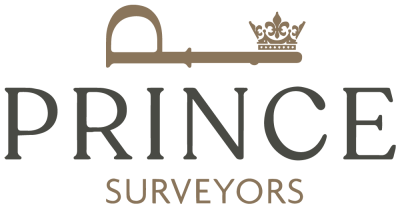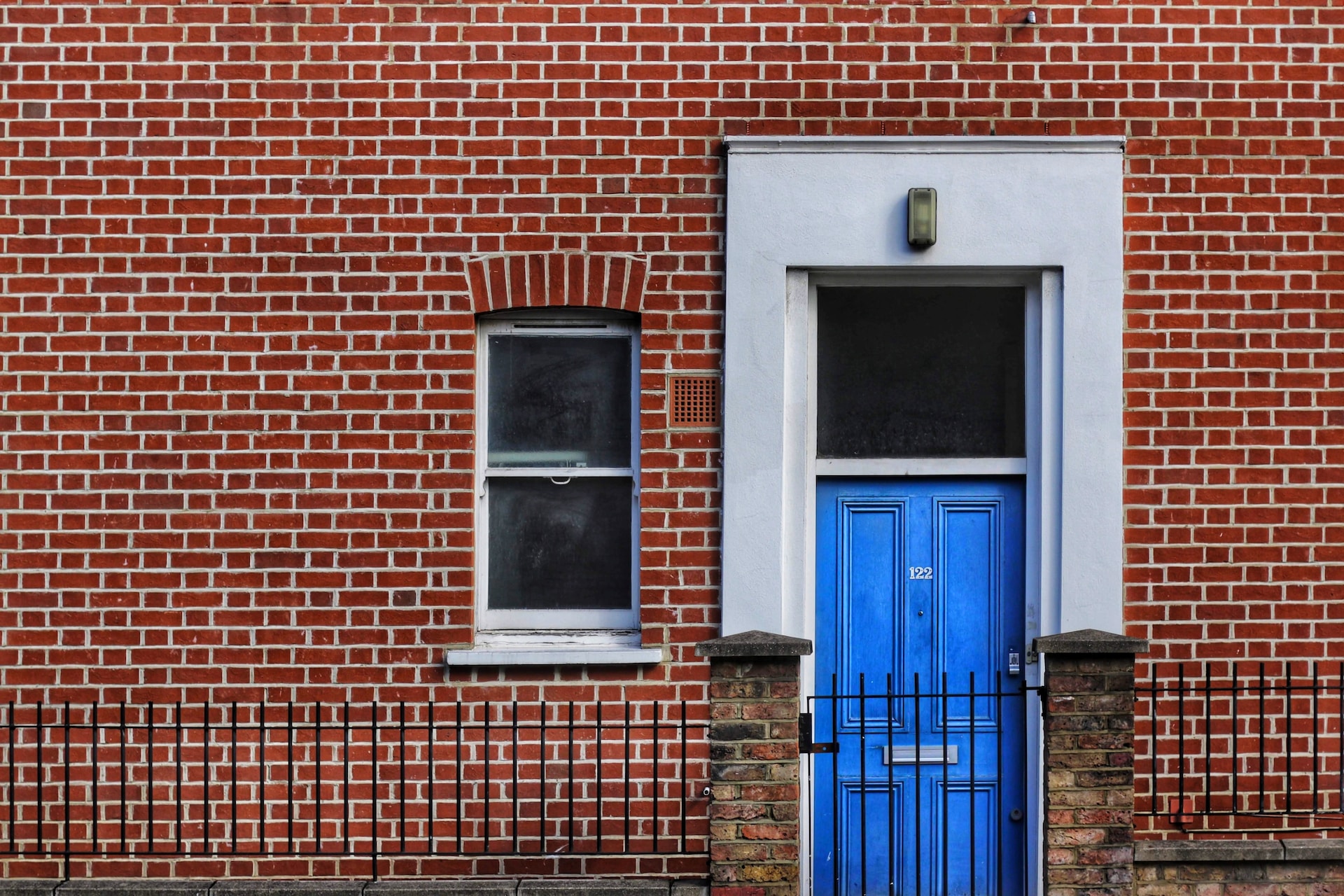Managing your portfolio to pay your taxes is not easy. Understanding taxes sometimes feels like it requires the translation of an ancient tome and some miracles thrown in for good measure.
If you buy, own, sell or inherit a property in the UK, there are seemingly endless volumes of tax facts you should know.
As a new homeowner, it can seem even more daunting trying to figure out what you can and can not claim.
So, let’s take a look at some of the basics and see if we can help make it clear as mud.
Stamp Duty Land Tax
Stamp Duty Land Tax, also known as SDLT or just stamp duty, was initially introduced in 2003 and revised in 2014 and 2015.
You must pay Stamp Duty Land Tax (SDLT) if you buy a property or land over a specific price in England and Northern Ireland.
For self-builders, stamp duty is payable on land but not on build costs. SDLT applies to the majority of sales and transfers of land or property.
Introductory stamp duty rates and thresholds:
If you don’t own any other property in the UK or overseas, the amount of stamp duty you will pay to HM Revenue and Customs is:
- 0% up to £125,000
- 2% between £125,001 and £250,000
- 5% between £250,001 and £925,0000
- 10% between £925,001 £1,500,000
- 12% on anything over £1,500,001
An example of a basic stamp duty calculation:
If you bought a British property for £245,000, you would pay 0% tax on the value of the property up to £125,000, and 2% tax on the value between £125,001 and £245,000.
In this example, your total liability for stamp duty would be £2,400.
This is a tax rate of 1%.
Buy to let/second home higher stamp duty rates and thresholds:
It was announced in 2015 that as of April 2016, anyone buying a second property in the UK, including a buy to let property, would pay an additional 3% on top of the relevant standard rate band. The rates and thresholds are, therefore:
- 0% on properties under £40,000
- 3% between £0 and £125,000 (unless the property is below £40,000)
- 5% between £125,001 and £250,000
- 8% between £250,001 and £925,0000
- 13% between £925,001 £1,500,000
- 15% on anything over £1,500,001
- An example of additional SDLT
If you bought a second property for £245,000, you would pay 3% for the first £125,000 and then 5% on the difference between £125,001 and £245,000: a total stamp duty of £9,750. This is overall a tax rate of 4%.
On 8 July 2020, the chancellor announced a temporary holiday on stamp duty on the first £500,000 of all property sales in England and Northern Ireland.
At the time of writing, the tax threshold has been temporarily raised until March 2021 to boost the property market and help buyers struggling because of the coronavirus crisis.
It has been reported that the chancellor will extend the holiday on stamp duty as part of his yearly budget from 3rd March 2021, to the end of June 2021. However, at the time of writing this is yet to be confirmed.
Tax Relief on Rental Income From Property
There are different kinds of tax relief available depending on the type of rental income you get:
If you let furnished rooms in your home, you can get up to £7,500 of tax-free rental income under the Rent a Room scheme.
The rules are:
- You don’t pay tax on the first £7,500 of your rental income
- You can’t deduct any expenses or wear and tear allowances
- If you make a loss, you can’t deduct it from your other taxable income
If you earn other income from your property, from renting a parking space on your drive or letting someone store items on your property for a fee, you can get up to £1,000 of this income tax-free.
If you’re a landlord renting out a property, you can get information about costs you can claim to reduce the tax from GOV.UK.
As a landlord, you can deduct allowable expenses before your tax bill is calculated.
These include:
- Mortgage interest costs (to be affected by new rules from next year)
- Maintenance costs
- Lettings agent fees
- Insurance premiums
- Council tax where applicable
- Utility bills where applicable
Your income tax rate will depend on your net income, i.e., after costs.
Value Added Tax (VAT)
For both UK residents and non-resident owners, VAT will always need to be considered.
As a general rule, VAT cannot be charged on rents to residential tenants. The downside of this is that a residential landlord can not recover any of its associated VAT costs.
However, if any works are to be carried out at a UK property, the UK “zero” and “reduced rates” should be considered carefully as they may reduce the VAT costs incurred (and may allow certain VAT costs to be recovered).
It is sometimes possible to deduct the costs of improvements made to the property during ownership.
These costs may include advice received, general improvements such as building extensions or garages (excluding decorating and maintenance).
Council Tax
You’ll need to know 3 things:
- The valuation band for your home in England and Wales or Scotland
- How much your local council charges for that band
- Whether you can get a discount or exemption from the entire bill
You may be able to get Council Tax Reduction (this used to be called Council Tax Benefit) if you’re on a low income or get benefits.
Your property may be revalued and put in a different band in some circumstances, for example, if:
- You demolish part of your property and do not rebuild it
- You alter your property to create 2 or more self-contained units, for example, an annex – each unit will have its band
- You split a single property into self-contained flats
- You convert flats into a single property
- You start or stop working from home
- The previous owner made changes to your property
- There are significant changes to your local area, like a new road being built
- A similar property in your area has its Council Tax band changed
Ask the Valuation Office Agency (VOA) if you want to know if your property changes will affect your Council Tax band.
Final Word
If you’re purchasing a property, it’s imperative to consider tax. Getting it right can increase your overall financial returns on the property.
For some properties, it might be possible to claim capital allowances on the property.
Capital allowances are the UK’s form of “tax depreciation” for the property purchase price. They are claimed in the owner’s annual tax returns.
To make a claim, the action is often needed before the property is purchased, so this needs to be considered when buying the property.
Similarly, taxes on rental income or the sale of a property won’t happen until rent is earned or the property is sold, but the ownership structure adopted can have a fundamental impact on the tax payable.
Once a property is acquired, it is often challenging to change the ownership structure. For example, if you buy a property personally and then decide your company should own it, tax charges can arise on transfer. So the time to think about ownership structure is before the property is acquired.
There is a lot to consider when it comes to taxes, and it’s generally recommended that you speak to a professional if you have any questions.
For more information, you can contact us.



